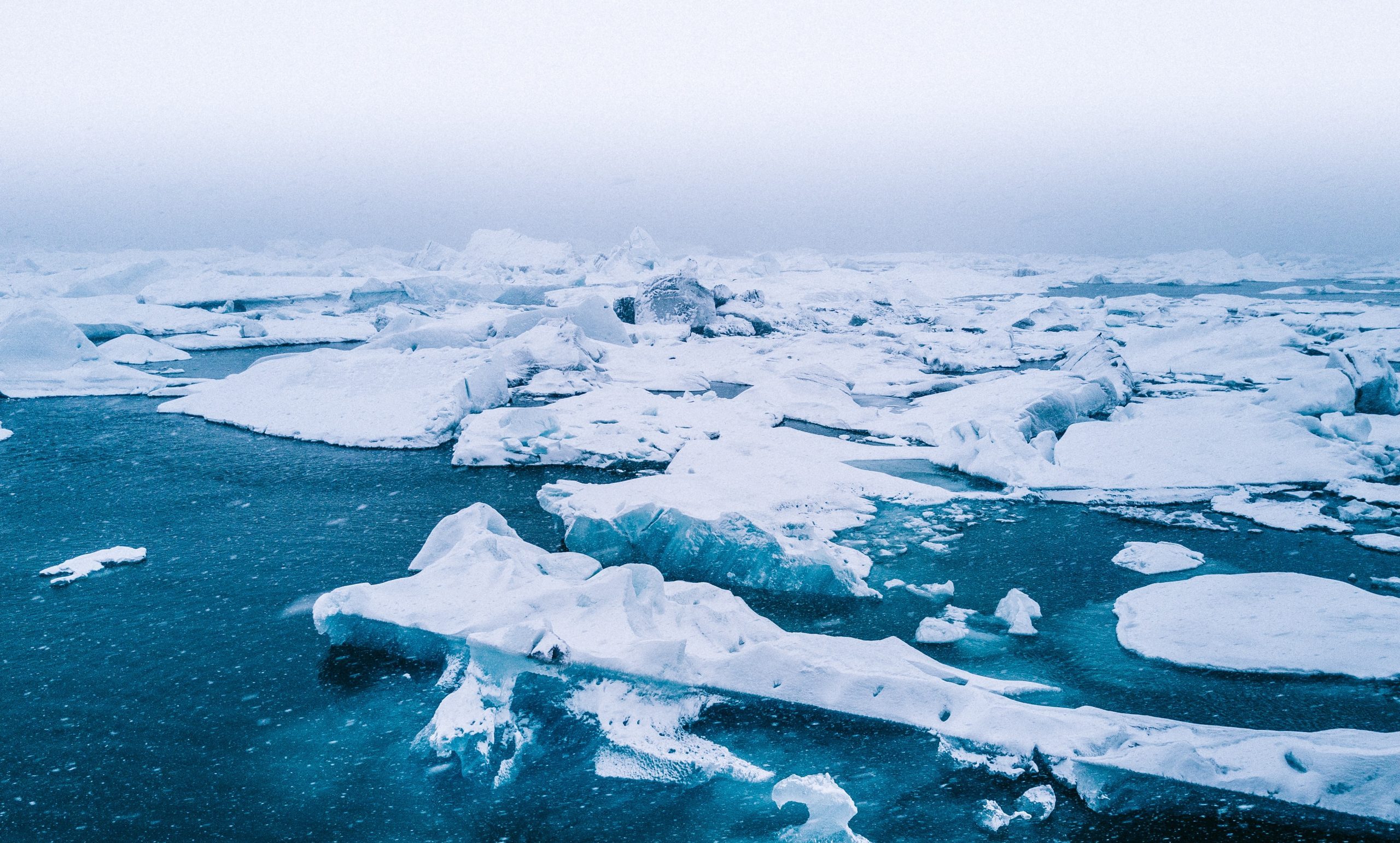Data reveals that the Arctic has been warming at a pace four times faster than the rest of the world over the past several decades, as found by a 2022 study.
Scientists have sounded a fresh alarm on the escalating climate crisis, forecasting that the Arctic may experience ice-free summers up to ten years sooner than previous projections indicated.
The shocking revelation highlights the accelerated impact of the unrelenting discharge of global warming pollutants, according to the research, published in Nature Communications.
The study anticipates that complete Arctic sea ice melt could occur during September, as soon as the 2030s. It posits that even if substantial cuts to global warming emissions are implemented immediately, summer seasons in the Arctic devoid of sea ice could be a reality by the 2050s.
The researchers conducted an extensive analysis of data from 1979 to 2019, employing various satellite information and climate models to understand the evolution of Arctic sea ice. The study concluded that the receding sea ice is largely a consequence of human-induced global warming pollutants. It also revealed that previous models had underestimated the rate at which Arctic sea ice was melting.
Arctic ice generally accumulates during winter, then melts in the summer, reaching its nadir in September before the cycle renews. Once Arctic summers become ice-free, the accumulation of sea ice in the colder seasons will be much slower, the researchers warned.
The temperature rise will subsequently render the Arctic more susceptible to remaining ice-free for longer periods into the colder season.
These findings challenge the UN Intergovernmental Panel on Climate Change’s 2021 report, which predicted that the Arctic would be “practically ice-free near mid-century under intermediate and high greenhouse gas emissions scenarios.” This latest study suggests that this could occur a decade earlier, irrespective of emission scenarios.
Meanwhile, data found in a 2022 study already shows that the Arctic has been warming at a pace four times faster than the rest of the world over the past several decades.
NASA data reports that the rapid loss of sea ice in the region has been significant, with September sea ice contracting at a rate of 12.6% per decade.
The complete melting of summer sea ice in the Arctic would generate alarming global repercussions. The region’s bright white ice, which reflects solar energy back into space, when melted, uncovers the darker ocean surface which absorbs more heat, resulting in further warming – a phenomenon known as “Arctic amplification.”
The shrinking sea ice can also affect global weather patterns, impacting regions far beyond the Arctic.
The prospect of an ice-free Arctic also brings potential consequences for commercial shipping.
The opening of new shipping routes could see a significant surge in traffic, resulting in additional emissions and pollution in the region, as suggested by the National Oceanic and Atmospheric Administration’s last annual Arctic report card.







